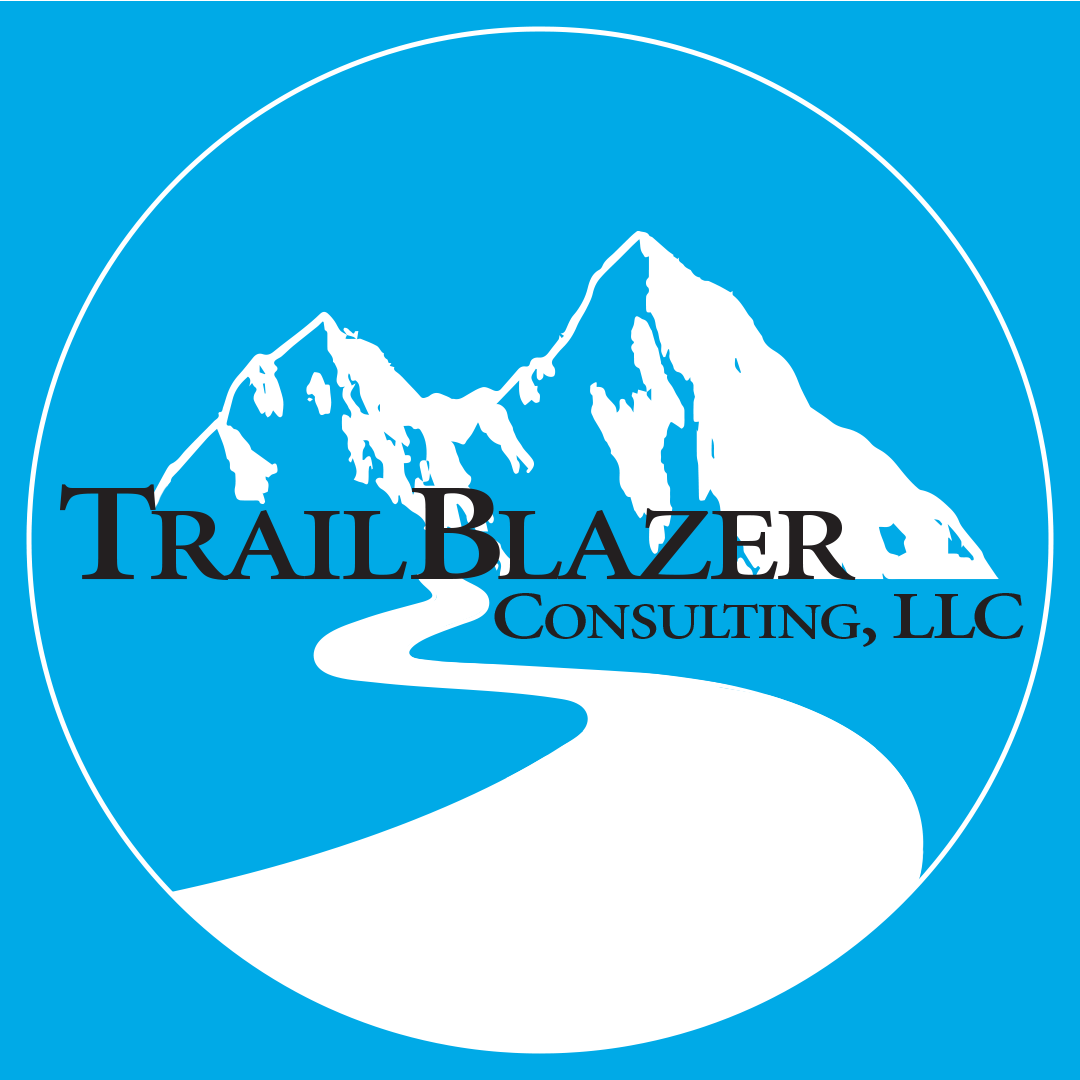This post addresses the management of information relating to physical assets. We present an asset-centric information management© approach to resolving typical challenges related to managing asset information.
Asset Data Alignment
For most organizations, there is a large volume of legacy asset data, usually stored in multiple systems and repositories across the organization. Implementing new software will not result in improved asset information management unless you first address the quality, consistency, accuracy, and integrity of the legacy asset data.
An organization must apply data governance, data quality, data migration, and project management approaches to reviewing legacy data. While many tools (e.g., Extract-Transform [ETL] tools) can provide visibility into the legacy data, there is often some level of manual review and validation needed to ensure data quality. Our experience shows the value to be gained outweighs the cost of this activity. If internal staff, responsible for ongoing maintenance of the assets, take on the asset data alignment project, they come away not only with a clean data set for migration, but also improved understanding and increased confidence in their data. This type of confidence supports an overall increase in trust in the asset management system leading to improved compliance and a reduction in ‘workarounds’ that employees develop when they feel they must protect their own data stores to find the data they need to do their jobs.
Standards
There are several international standards that relate to the creation, management, and use of building and asset information. Understanding how these standards interact with each other and how they may impact organizational decisions relating to the management of physical assets is essential. Some key standards to consider are listed below when developing and implementing a shared asset hierarchy as part of an asset-centric information management© program.
ISO 55001: Asset Management
BSI PAS 1192: BIM – Building Information Management
COBie – Construction Operations Building Information Exchange
NBIMS-US – National Building Information Management Standard for the United States
Technology
The full history of an asset is captured in multiple data sources, including both structured and unstructured data in electronic and hard copy forms. Linking unstructured data such as drawings, specifications, and other documents to detailed specification, maintenance, or other structured data related to the physical assets can be challenging, especially considering the varying asset identifiers, as discussed in a previous post.
The volume and variety of asset information can be overwhelming. Organizations typically have paper, microfilm, and electronic drawings spanning decades. The newest drawings (usually in Computer-Assisted Drawing [CAD] form) should reflect the current state of the assets. However, most regulations require maintenance for the life of the asset of all design and construction information. In addition, organizations must create and maintain records of changes made to assets during the period of operations and maintenance; this type of information is often recorded only through work orders and associated data. At the same time, maintenance and inspection operations rely on business applications such as Enterprise Asset Management (EAM), Facility Management (FM), Computerized Maintenance Management System (CMMS) to capture and manage detailed asset data and actions taken on assets. Some asset data may also reside in standalone spreadsheets maintained on share drives, hard drives, or in other collaboration tools including Enterprise Content Management (ECM).
An organization must be familiar with leading EAM, FM, CMMS, and ECM products, develop detailed functional requirements and associated evaluation criteria to ultimately select the most appropriate product (or suite of products) for its overall asset-centric information management© program needs.
